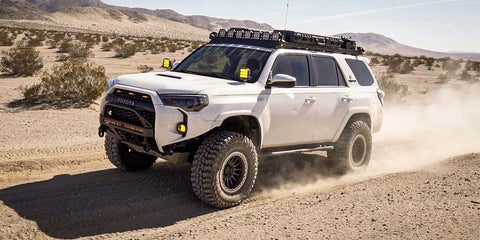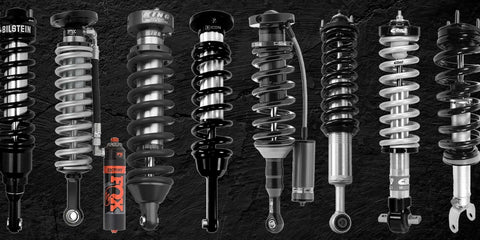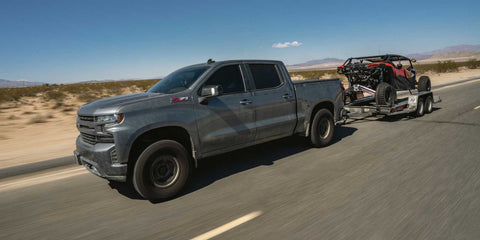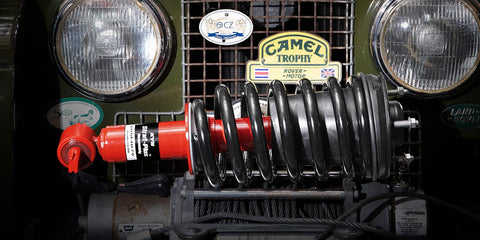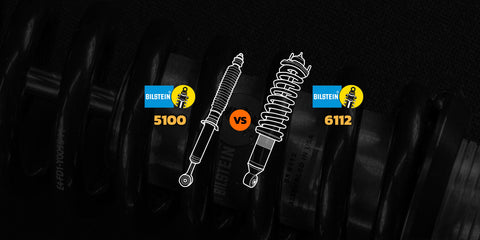How to Know When to Replace Your Shocks?
Posted by Sean Reyes on
Shocks and Struts not only help with ride quality and ride comfort for the driver, they are an integral part of maintenance for your vehicle. As a shock absorber's ability fades through use, the impact that vehicle components take increases over time, creating more maintenance cost per mile. Items such as tie rods, cv axles, steering arms, ball joints, all take more of a beating sitting on worn shocks.
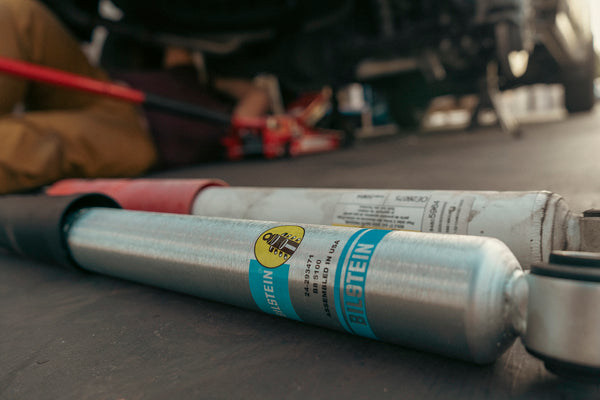
How to check for worn or failing shocks and struts
- Oil leaking from the shock shaft / rod, onto the body of the shock or strut. If it’s too dirty to tell, grab a rag and wipe off the shocks in question, and check again in 50-100 miles to see if there's liquid or noticeable moisture around the shaft / body area. Some manufacturers state that a little bit of oil on the rod or base of the shock is acceptable, and that there's no real loss of dampening as a result.
- Bouncing up and down on the front or rear bumper, if the truck continues to bounce (after you stop of course), then the truck is riding solely on the leaf springs or front coil springs with no dampening provided by the shock.
- When braking harder than usual in order to have nose dive, does the vehicle rock back and forth too long?
- Bushings / mounts cracked or broken, sometimes the top stem pack on the rear shocks can erode quickly in bad conditions.
Manufacturers typically recommend a checkup every 50,000 miles, but in our experience this should be shortened to 20,000 miles for OEM shocks, or budget level shocks. See our post about why cheap shocks end up costing more than expensive shocks.
If you off-road a lot, haul heavy equipment, or want to level your vehicle and/or put bigger wheels and tires on it, it's recommended to upgrade your shocks to handle the additional load and to minimize labor time.

Questions to Ask Yourself
- Commuting, or normal highway and street driving
- Off-Road / Trail / Sand Dune riding?
- Carrying heavy loads for work, camping, dirt bikes, sport equipment?
- Rooftop Tents, heavier bumpers, winches, rear tire carriers, overlanding equipment, all of these will make a difference to what an optimized suspension setup should be on your vehicle
Intended future use plays a big role in choosing shocks for your vehicle, picking up factory replacement shocks sound great right now, but if you're planning on an active season ahead, you may regret going with a budget option.
Component Casualties of Weak Shocks
- Tie Rods
- Steering Arms / Stabilizers
- Upper ball joints
- CV Axles / Boots
- Tires
- Ubolts
- Leaf Springs
- Coil Springs
All of these components take a beating when there isn't the defense of a shock absorber eating up pavement and terrain abnormalities.
At Shock Surplus, we redefine your car repair experience with wholesale cars parts. Navigate through an extensive range of top-grade, cost-effective components. Our commitment to quality ensures your vehicle performs at its peak. Discover the future of wholesale car parts at Shock Surplus - where value meets exceptional performance.

